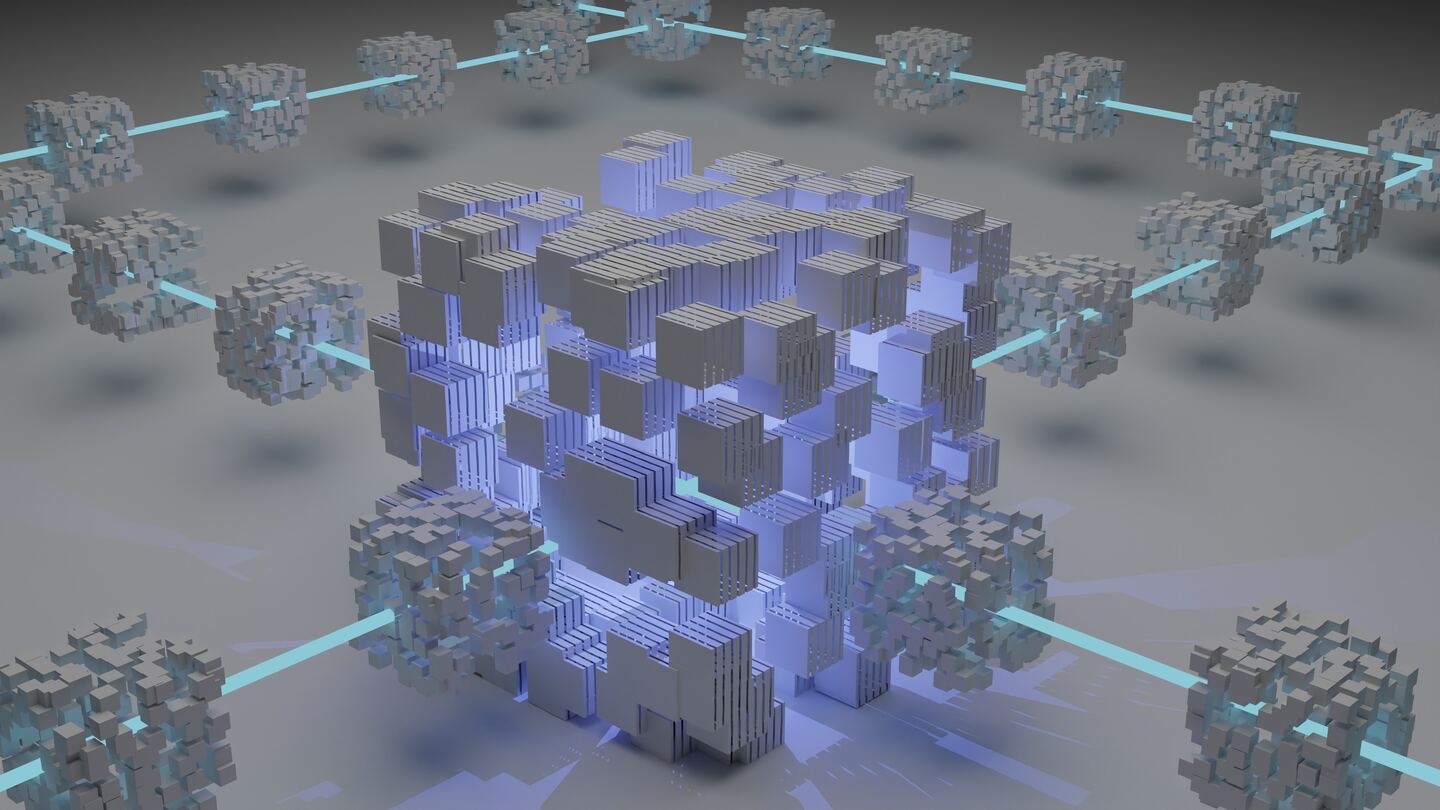Hello, community managers 👋
Have you heard of the term "community engineering"?
Well, probably not, because we’ve made up the term to explain the process required to build modern-day communities.
Today, most of communities are based on multiple platforms, i.e. their communication and interactions are all over the place - Twitter, Discord, Newsletter, closed platforms, and more.
This transformation has forced many community managers to be savvy about their operations and there’s a big demand from them to develop and automate their community workflows, i.e. engineering communities.
Let’s take a deeper look at community engineering in the next section.
What is Community Engineering?
Community engineering is the process of enhancing community operation through technical approaches such as integrations, automations and custom development.
It encompasses a wide range of activities, from no-code tool setup to advanced AI training.
However, the core of community engineering is always the same - it tries to enhance community operation; put it simply, it makes community managers’ (your) lives easier.
Community engineering is often seen as a scalability solution to communities. This is because it enables communities to be multi-platform while keeping the workload the same (or even smaller).
Community engineers typically work with community managers to understand the project scope and work on a project-basis; for example, "generating automated reports on a daily basis for a Facebook group".
They can help you not only community operations but community growth as well, for example automating and scaling communication.
Most communities at a certain scale (usually 100 members or more) start looking for community engineering and their expertise to solve technical challenges.
Last but not least, don’t forget that every community is different. There is no one-size-fits-all community engineering solution. You have to experiment and find what works for your specific case.
Now let’s take a look at the scope of community engineering more closely.
The scope of community engineering

Community engineering scopes aren’t strictly limited, but they often fall under the following categories:
Integrations
- Sometimes your community IS your product but that’s a rare case. In many cases you have a separate product or service to offer to your customers.In this case, you want to integrate your community data into your offerings to measure ROI of your community.
- You can integrate your community with many other tools such as survey tools, forms and more to enhance community experience. The rule of thumb is "focus on your value, outsource everything else."
- Also connecting your community with your products, stores, and other parts of organizations can boost community engagement and retention.
Automations
- Sending welcome message to 100 people is fine. 10000 is almost impossible. Here, you want to automate some of tasks so you can give personalized touch to every member of your community.
- Automation doesn’t have to be limited to the messaging. You can automate various operational flows such as reporting, membership managements, campaigns and more.
Data science
- Batch processing, forecasting and other community workflows can be done through community engineering as well.
- With the recent improvement of AI technology, you can use it to identify ideal community member profiles and behaviors quite easily.
Community engineers often work with product managers, community managers, CRM managers, and related stakeholders to prioritize these scopes and work in sprints (2-4 weeks) in many cases.
The Cons of Community Engineering

At this point you’re probably thinking like "oh wow, community engineering is great. We should work on this".
Don’t jump start yet. Like many other processes, it has pros and cons.
Community engineering can let your community automate workflows, integrate with other applications, and develop custom solutions.
Long story short, it makes your community more efficient and scalable.
However, there are certain cons and risks involved with community engineering.
The Cons
First, you need technical skills (mostly software engineering and data science) to deliver the results. Sure, there are many no-code or low-code solutions out there, but you still need technical expertise to implement them. Without a deep understanding of what’s going on in the background, the result won’t be guaranteed.
Second, without a clear community strategy, the efforts you put into community engineering won’t be maximized. Before thinking about any technical solution, you need to clearly articulate the issue you need to solve first.
Last but not least, community engineering often requires additional investments in your community. To make things easier for you to communicate with other stakeholders about community investment, we created this guide to analyze community ROI.
Overall, community engineering is a beneficial process that can be used to improve the efficiency and scalability of a community. However, it is important to consider all of the potential impacts before implementing any changes.
Now let’s talk about engineering scopes in detail.
Community Integrations
Another critical piece of community engineering is integrating your community into other parts of your organization and tools you use.
This can be done in a number of ways, but here are three of the most common:
- User Data: You want to have a unified profile or your member across the digital channels. This way you can measure ROI and the value of community a lot more easily. Also when your members are struggling, you can resolve them a lot more quickly because you have a better understanding of them.
- Applications: Connect your community channels with other applications like online forms, survey tools, and other handy tools. It makes you enable to focus on what matters most. For example you might want to integrate your customer support ticketing system to your community channels so all the support inquiries can be measured in one place. Or you might want an integration between your forum and your email marketing tool to automatically send emails to new forum members.
- Your Product & Service: Lastly you better integrate your community with what you’re offering. For example give your community members an ability to check membership status on your product. Or give them a discount if they take a certain action on your community channel. The goal is to deliver continued experience across the platforms rather than delivering it in silo.
Integrating your community into other parts of your organization is a great way to deliver a better experience and as a result the engagement tends to go up.
Community Automation
Community automation is all about scaling your community.
It allows you to scale your community without having to hire more staff. A casual reminder - community managers need to sleep but your community doesn’t :)
Automation also helps to keep your community running smoothly by taking care of tasks that would otherwise be manual. Reporting, membership management, announcements, you get the point.
There are a few ways to approach community automation.
The first type of automation is a bot. Bots are programs that can perform tasks on your behalf, such as moderating discussions, welcoming new members, or even taking photos.
Another type is a workflow. Workflows are a series of steps that are carried out in order to complete a task. For example, you can create a workflow that automatically assigns tasks to community members and sends them reminders if the task isn’t completed within a certain timeframe.
Community automation can save you a lot of time and effort.
Data Science
There are many ways to use AI and data science for your communities.
One way is to use it to help data categorization. For example, you can analyze communication on your community channels and see if it tends to be positive or negative, spam or non-spam, and so on.
Data can also help identify ideal profiles for your community, which you can then use to design your community strategy.
You can also use data science and AI to develop predictive models that can help prevent member churn and improve their engagement.
Lastly data science is helpful when it comes to forecasting; a simple regression model will give you an idea on a growth trajectory of your community which is helpful for community planning.
Wrap-up and next actions

As we wrap up this post, we want to leave you with some final thoughts and next actions.
First, remember that community engineering is about PEOPLE. The most important thing you can do is get to know the people in your community, what they’re passionate about, and how they want to belong. Then put technical resources to help them achieve their goals.
Second, remember that every community is different. There is no silver-bullet community engineering solution that solves all the community problems. You have to experiment and find what works for your specific community.
As a next step, we encourage you to think about how you can scale, automate, integrate, and analyze your community more effectively. At the end of the day, the more time is saved, the more time you can spend with your community.








